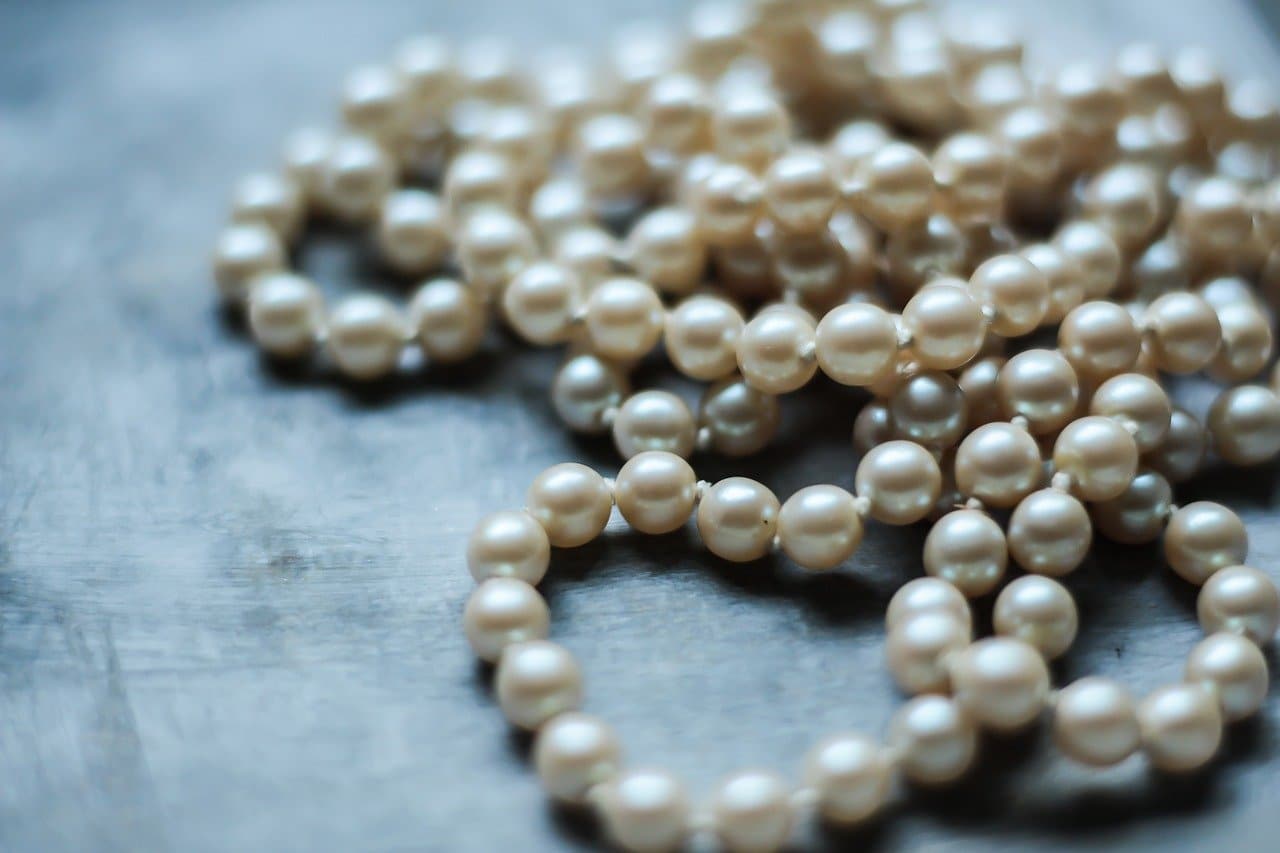Pearls are one of the most sought-after gems in the world, known for their lustrous sheen and natural beauty. However, counterfeit pearl products are also prevalent in the market, often sold at lower prices. Therefore, knowing how to distinguish fake pearls from genuine ones is essential before purchasing any pearl jewelry. Here are some tips that you can use to tell real pearls from fake:
Visual Checks
Natural pearls are never perfectly round, each with a slightly different shape and dimension. If all beads in a necklace or bracelet have the same shape and size, they are likely to be fake pearls. Also, authentic pearls reflect light, while fake ones do not.
Using a magnifying glass, you can examine the pearl’s exterior to determine if it has a grainy finish or a rough eggshell-like surface. Real pearls have a grainy finish, while fake ones have a rough surface.
Touch Them
Real pearls feel cold to the touch and gradually warm up as you hold them in your hand. On the other hand, fake pearls are always warm and feel sticky on the fingers. You can also determine if a pearl is real by weighing it in your hand. Genuine gem have an accurate weight that corresponds to their size.
Rub the Pearls
Rubbing real gem against each other or with a sharp object will produce a powder-like substance, which is not true with fake pearls. You can also rub two pearls together to determine their authenticity. They are likely to be real if they produce a soft sound, while fake pearls produce a metallic or jingling sound.
Test with Teeth
This test is not recommended for those who are not jewelry experts. However, if a retailer allows you to do so, you can give the pearl a slight graze with the front of your teeth to determine its authenticity. Real gem feel gritty when rubbed against the teeth, while fake gem slide smoothly against the surface.
In addition to the tips mentioned above, there are other things to remember when buying pearl jewelry. For instance, price is a good indicator of authenticity. If a pearl necklace is sold at an unbelievably low price, it is probably too good to be true. Genuine pea are rare and expensive, so their price reflects their value.
Another thing to consider is the source of the pearls. They from different regions have distinct characteristics that distinguish them from others. For example, Akoya, grown in Japan, are known for their high luster and round shape. South Sea pearls grown in Australia and Indonesia are much larger in size and have a golden hue.
Lastly, consider the quality of the pearl’s surface. A pearl’s surface should be free of blemishes, scratches, and cracks. A smooth and unblemished surface is a sign of a high-quality pearl.
Conclusion
In conclusion, knowing how to distinguish real pearls from fake is essential when purchasing jewelry. Visual checks, touch tests, rubbing, and teeth tests are some of the ways to determine a pearl’s authenticity. If you are still determining a pearl’s authenticity, consulting with an expert gemologist is always best. Purchasing genuine gem requires knowledge and understanding of their characteristics.
At Pearl&Clasp, we pride ourselves on providing our customers with high-quality, authentic pearls from trusted suppliers. With our wide range of pearl jewelry, you will surely find the perfect piece to add to your collection. Shop with us today and experience the beauty and elegance of real pearls.
At Pearl&Clasp, we offer a wide range of genuine pearl products that are perfect for any occasion. Our high-quality jewelries are sourced from trusted suppliers and are guaranteed to be authentic. Shop with us today and experience the elegance and beauty of genuine gem.

